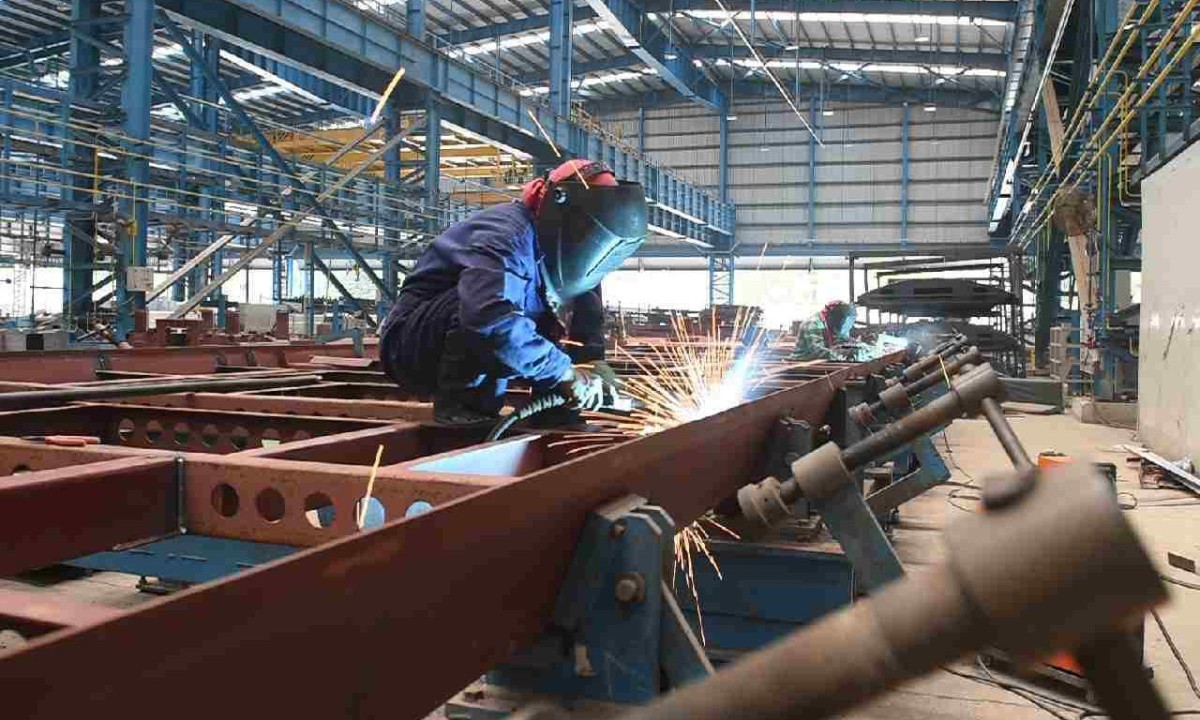India set to drive a 5th of Global growth in the next decade: Morgan Stanley
India's size and scale are one of its key assets which will enable it to be the world's third largest economy by 2027, according to a forecast by Morgan Stanley. In its report, Morgan Stanley states that they country's GDP will double from its current $3.4 trillion to $8.5 trillion over the next ten years." India will add more than $ 400 bn to its GDP every year, a scale that is only surpassed by the US and China," according the report. It also projects that India’s market capitalisation will rise from $3.4 trillion to $11 trillion by 2032, the third largest globally.However, these projections are underpinned with favourable domestic and global forces. Domestically, it is important to have the shift in policy approach away from redistribution and towards boosting investment and job creation."This was evident in the introduction of the goods and services tax which creates a unified domestic market; corporate tax cuts; and production-linked schemes to incentivise investment from both within and outside India’s borders," Morgan Stanley states."These forces will integrate India’s fast-growing workforce into the global economy. As it is, India already has a high global market share in services exports, and its lead has only increased since the onset of the pandemic as corporates became more accustomed to remote work," further added.According to projections by Morgan Stanley, it will take just another seven years for GDP to grow by an additional $3 trillion."To contextualise how important this development would be for global investors; the experience of China provides a useful template. India’s GDP today is where China’s was in 2007 — a 15-year gap," it said.India's working age population is still growing, which suggests that it will have a longer growth runway. India’s median age today is 11 years younger than China’s.India’s real GDP growth will average 6.5 per cent in the coming decade while China’s will average 3.6 per cent.China’s industrialisation drive, which has propelled much of its growth over the past 30 years, has been enabled infrastructure like roads and railways, India is now making concerted efforts to raise the public expenditure on infrastructure.In other economies of the world where private networks have become strong, India has built its public digital infrastructure, like with Aadhaar, which can leverage this digital infrastructure to better match consumers and businesses, facilitate transactions, and ease the cost of doing business.
















Leave a comment